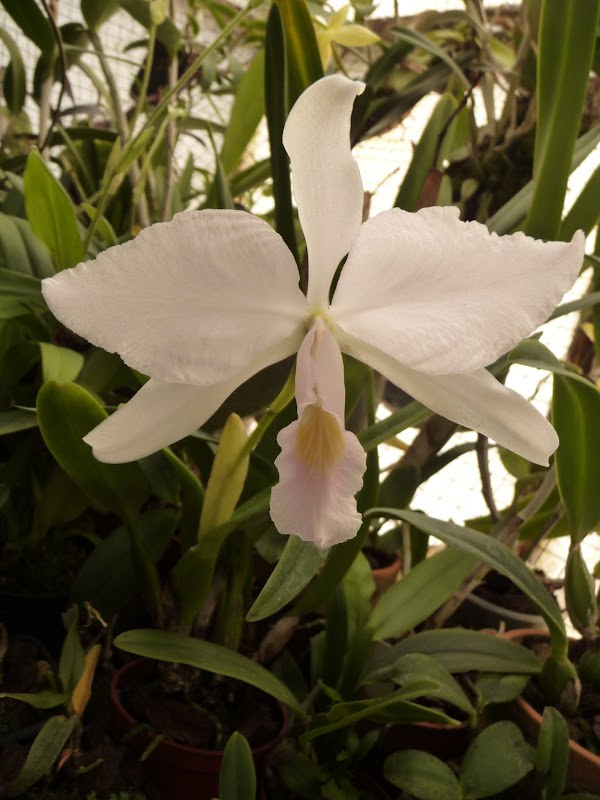This is the first bloom of this cross from Sam Tsui, I let you judge about the comment below (Sam's list) 
[FONT="]CAS0051[/FONT][FONT="]C. trianaei var. coerulea x sib ('Luna Muisca' x 'Blue Diamond')[/FONT][FONT="]NBS[/FONT][FONT="]$40.00[/FONT]
[FONT="]BS[/FONT][FONT="]$60.00[/FONT]
[FONT="]‘Luna Muisca’ is a proven breeder which has medium sized flowers but very good shape[/FONT]
[FONT="] and color for a coerulea. ‘Blue Diamond’ is a 2nd generation cross and is superior to [/FONT]
[FONT="]Luna Muisca’. First few bloomed are true coerulea![/FONT]

[FONT="]CAS0051[/FONT][FONT="]C. trianaei var. coerulea x sib ('Luna Muisca' x 'Blue Diamond')[/FONT][FONT="]NBS[/FONT][FONT="]$40.00[/FONT]
[FONT="]BS[/FONT][FONT="]$60.00[/FONT]
[FONT="]‘Luna Muisca’ is a proven breeder which has medium sized flowers but very good shape[/FONT]
[FONT="] and color for a coerulea. ‘Blue Diamond’ is a 2nd generation cross and is superior to [/FONT]
[FONT="]Luna Muisca’. First few bloomed are true coerulea![/FONT]




